Conservation taught by the Denesųłiné looks different than the Western scientific approach.
“One time, while I was trapping, I came across some wolves on the lake. I came up to them and started talking to them. They can understand you when you talk to them. I thanked them and told them that they had provided for me for so long, it was time to not hunt them anymore. From then on, I stopped hunting and trapping wolves. That was 10 years ago.”
– Fond du Lac Elder
For Denesųłiné Elders, environmental protection often means ensuring future generations will have access to gifts of the land. They have the responsibility of “watching” the land and water for them, which not only protects the land but ensures that traditional ways of the Denesųłiné and natural and Indigenous laws continue for generations. By protecting the environment, they protect our people and our culture.
Why are we so concerned?
All aspects of the land are incredibly important for the cultural traditions and values of local communities.
There are certain aspects of the land that take precedence when considering lands and water that need to be protected. These are valuable ecosystems that are necessary to maintain healthy animal populations, cultural traditions and values of local people, and scenic areas or areas where local people and visitors can go to reconnect with nature.
Specifically, these areas need protection:
Fish spawning areas
Woodland and Barren ground caribou critical habitat
Moose habitat
Bear denning sites
Eskers (wolf denning, wildlife corridors, caribou migration)
Caribou migration routes, and water crossings.
Highly valuable pieces of these areas include:
Barren ground caribou habitat… They top the list of priority species for the Denesųłiné.
burial sites
medicinal plants
healing waters
fishing and trapping areas
water networks/travel routes
treed areas
Cumulative Impacts
Although many Denesųłiné community members are still able to benefit from gifts of the land, there have been cumulative environmental impacts caused by various mining and exploration projects in the region.
Cumulative environmental impacts occur when the negative by-product or effects of one project interact with negative effects from another project. The effects of the two projects in combination may be different than the effects of the sum of its parts.
This is relevant in the basin, as there are multiple ongoing projects that have the potential to interact with one another. Since the communities in the region rely on traditional foods obtained from the land such as wild game, birds, fish, and berries, it is of the utmost importance that monitoring is completed to ensure these foods are safe to consume.
Community-based monitoring continues to be an effective safeguard for the health of the land and communities.
Duty to Consult
Ya’ thi Néné Lands and Resources was formally established in 2016, and one of its central mandates is to assist in the Duty to Consult process and ensure that the voices and concerns of the Athabasca Denesųłiné are heard and taken into account every time government and industry want to develop in Nuhenéné.
Since October of 2019, every time a Duty to Consult process is triggered, Ya’ thi Néné ensures proper consultation is taking place by analyzing the permit, and implementing Traditional Knowledge databases to develop maps, consulting the chief and council, land users and wider communities.
